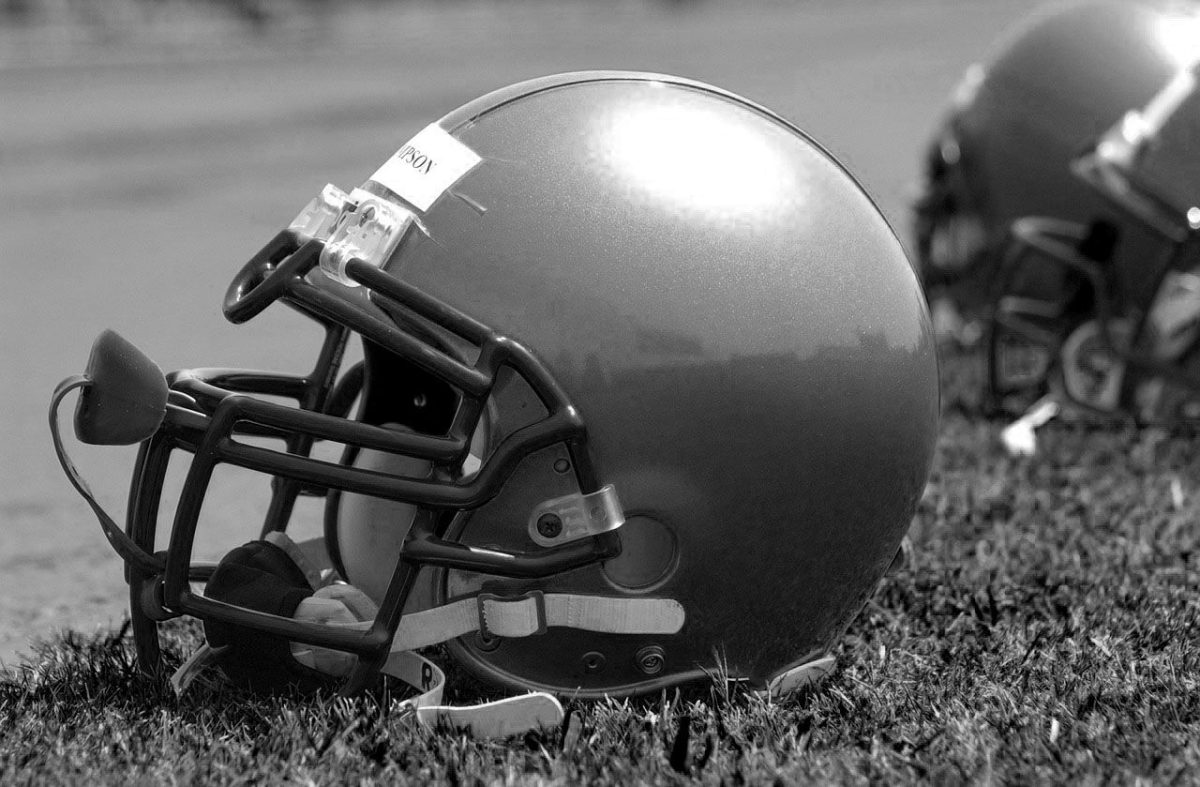Last week, yet another mass shooting occurred in the United States. This time, it hit close to home in Rock Hill, SC, which is just a little over two hours away from Clemson. Soon after the shooting, I received an ESPN notification saying the Boston University’s (BU) C.T.E. Center will examine the shooter’s body for Chronic Traumatic Encephalopathy, a disease commonly known as C.T.E. Sadly, I immediately thought back to 2013 when a similar story broke about Aaron Hernandez. Despite the events being quite different in how they played out, two N.F.L. football players displayed incredibly violent acts before killing themselves. Hundreds of athletes play in the N.F.L., and even more are added to the league every year. Just two of these thousands of athletes have broken the news, but even more display violence in acts like bursts of anger, domestic violence, and even suicide.
Aaron Hernandez played football as a tight end at the University of Florida and New England Patriots before being convicted of murdering one person in 2013. Later medical reports revealed that he suffered from the most severe C.T.E yet discovered in a person his age. His brain displayed an incredible amount of damage due to C.T.E, which significantly affected his decision-making and judgment, and ultimately, contributed to his spiral into violence.
On Wednesday, April 7, with no identified reasons, Phillip Adams, a former N.F.L. cornerback, went to his neighbor’s home in Rock Hill, S.C., and shot a prominent doctor and everybody he saw before fatally turning the gun on himself. With BU researchers analyzing Adams’ brain, they will add to their decade-long study of C.T.E-related brain damage. C.T.E. currently can only be confirmed with a post-mortem autopsy.
C.T.E, a brain disease associated with repeated hits to the head, has been a controversial topic surrounding the NFL for the last few years as more and more former players are suspected of having, or have been diagnosed with, the debilitating disease. The extent of the damage researchers find in more and more athletes is causing professional (and collegiate) players to weigh early retirements and parents to wrestle with whether to allow their young children to play football. Since the shooting last Wednesday, concerns will only heighten.
In BU’s news release, the head of BU’s C.T.E. Center, Ann McKee, stated in 2017:
“In our collective experience…individuals with C.T.E….have difficulty with impulse control, decision-making, inhibition of impulses for aggression, emotional volatility, rage behaviors. We know that collectively.”
Obviously, there is a serious, ongoing problem in the football world. Families of both Adams and Hernandez contend these men were vastly different before and after playing in the N.F.L. They were family-driven and would never be expected to murder anyone, much less six. So, what can we do to bring awareness and even stop or prevent C.T.E?
American football is absolutely idolized in the United States. Clemson students are well aware of this fact, as we have been cheering on ~potentially!~ the number one pick in the 2021 Draft for the past three years. To be honest, the best we can do as a generation is to be much more aware of this disease spreading around our favorite sports. Concussions are no joke. Anyone who has gotten one knows this. Football players, on all levels, suffer from multiple throughout their careers. The NFL has attempted to make the sport safer for its players through rule changes, policies designed to remove concussed players, and technological advances. But, brain trauma occurs when a football player’s brain accelerates or decelerates after it hits another player or the turf, thereby bashing the sides of the head–an action no helmet can prevent. The sports world is becoming much more proactive when it comes to brain injuries, and helmet companies are upping their game. Right now, we are reaping the disadvantages of unprepared organizations and years of repetitive injuries. We must be more proactive against repetitive concussions and brain injuries. The costs (long-term, irreparable damage) far outweigh the benefits (touchdowns, wins, championships, high-dollar contracts, endorsements) when it comes to the brain.
After nearly a year of silence during the pandemic, America has awoken to the reality of yet another mass shooting. Before 2020, many had become numb to the weighty news of more people dying from gun violence, but this event specifically shook both the general public of South Carolina and the sports world. Yes, college and professional football bring joy, community, and tons of fun, but the sport also can cause seriously harmful long-term effects. We must be aware of the violence American Football (and sports in general) causes and compare this information with the precautions organizations take towards concussion prevention and C.T.E. Keeping the brain healthy is important. Let’s cheer for that!
Categories:
CTE, football and violence
Defiance Yenovkian, Asst. Outlook Editor
April 19, 2021
0
Donate to The Tiger
Your donation will support the student journalists of Clemson University. Your contribution will allow us to purchase equipment and cover our annual website hosting costs.
More to Discover









